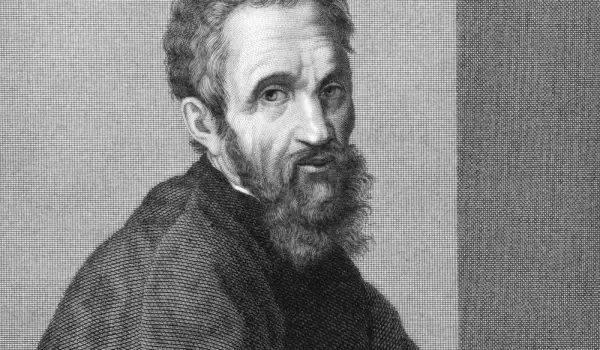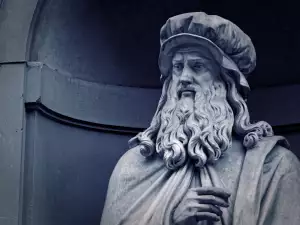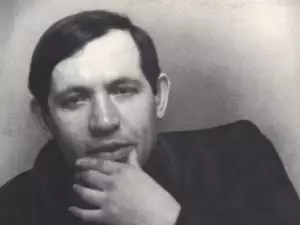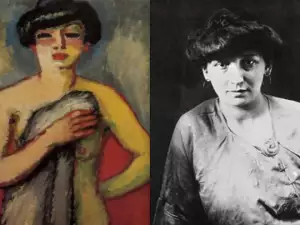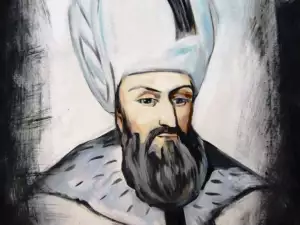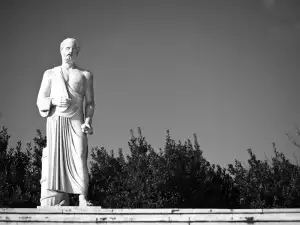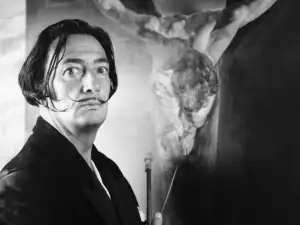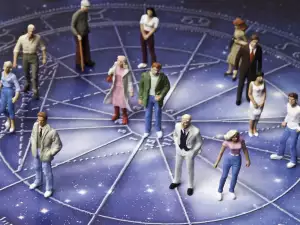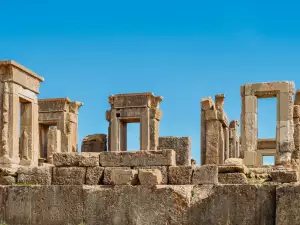Art appeared with the appearance of the first intelligent man, satisfying his aspirations to depict the world around him. Later the art acquired a religious use.
The development of humanity gradually changes the functions of art, it acquires a social, educational and aesthetic function.
The oldest form of art is fine art, including painting, sculpture, graphics and later photography.
The oldest known artefacts are a series of small pierced snail shells dating back to around 75, 000 years ago, found in an African cave.
Over time, art underwent a huge development, passing from prehistory through antiquity, in later years it was divided into Western and Eastern. Western art is influenced by the Italian Renaissance, Baroque and other styles, while Eastern art owes its uniqueness to the rich variety of religions and cultures that influence it.
In the years of development and change in fine art, many works of famous and not so famous artists and sculptors have survived, but there are names that are considered the most significant in the world and they set the standards in art.
Despite the subjective element in determining the greatest artists, there are several standards by which the greatest artists of all time can be determined.
One of them is what were the trends and fashions of the time when the artist lived and their contribution to this factor. Another important prerequisite is the artist's popularity over time.
Their impact on their contemporaries is a third factor to consider.
In the long run, determining who the greatest artists of all time are will certainly be a subjective opinion. However, based on public opinion and assessments made by museums, it is possible.
Michelangelo (1475-1564)
Michelangelo is regarded as the greatest painter and sculptor of all time. He was a major driver of the Renaissance in Italy, especially in Florence and Rome. Even today, some of his remarkable works are flawless and impress with their beauty and grace.
He is considered one of the three titans of Renaissance art along with Leonardo da Vinci and Raphael.
Rembrandt van Rijn (1606-1669)
The Dutch artist Rembrandt is rightly considered a genius in painting. He is the author of a significant number of masterpieces. It took his successors two centuries to fully appreciate the significance of Rembrandt's legacy.
Although even Giovanni Castiglione and Giovanni Battista Tiepolo were inspired by his first works, the artist and painter Rembrandt, who recreated all the details with astonishing accuracy, first received real recognition in the 19th century. Then the artists of realism contrasted his deeply felt vision of lights and shadows with the unquestioning accuracy, characteristic of the French academic style.
Pablo Picasso (1881-1973)
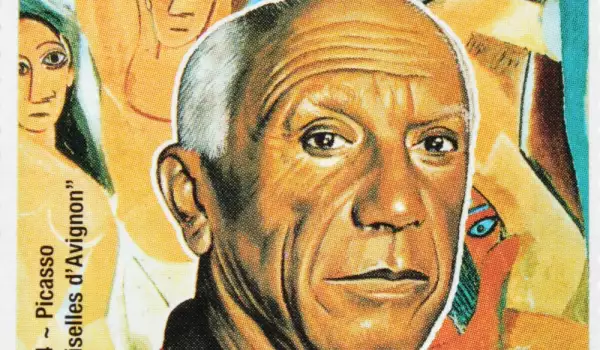
Pablo Picasso is the founder of the modern trend - cubism. Along with this, he is one of the most influential figures in the history of art. He created some of the most significant paintings of the 20th century. He inherited his talent for drawing from his father, who was also an artist.
Picasso is one of the most productive artists and his work goes through many different periods. In addition to creating cubism, along with Georges Braque, Picasso also created in a surrealist style, but remains one of the greatest artists who greatly influenced the development of fine art in the 20th century. The Picasso family is of Italian origin, but he lived and worked in France.
Leonardo da Vinci (1452-1519)
Born in Florence, Italy, Leonardo da Vinci is perhaps the most famous figure of the Renaissance movement in the movement's homeland. He is a famous architect, inventor, engineer, sculptor and artist of this great age. Although he lived and created six centuries ago, Leonardo remains one of the most influential figures of all time.
He is said to be the epitome of the Renaissance man and a genius in an incredible number of fields. He is famous for his paintings, among which the Last Supper and the Mona Lisa catch the most attention. In addition, he makes an impression with his many inventions, ahead of their time, but they were not realized, because they were not sufficiently understood.
Claude Monet (1840-1926)
The French painter Claude Monet was the founder, person and staunch defender of Impressionism in fine art. He is considered an emblem of Impressionism, as his commitment to the ideals of this movement did not change throughout his long work. One of his paintings - Impression, Rising Sun contributes to the current name of the movement.
Vincent van Gogh (1853-1890)
The Dutch-born Van Gogh is a remarkable artist, considered deservedly one of the titans in the history of European art. He is one of the most prominent representatives of post-impressionism.
In the last 10 years of his life, he developed all his creative work. He is the author of about 900 paintings and 1100 drawings.
He committed suicide at the age of 37, assuming that he had mental problems. He remained unrecognized during his lifetime, but after his death his fame spread, especially after 71 of his works were exhibited in Paris on March 17, 1901.
Johannes Vermeer (1632-1675)
Vermeer is an unsurpassed master in domestic painting and in portrait painting. Because of his 35 paintings, for which his authorship is recognized, he is considered one of the greatest painters in his homeland and in Europe in general. His most famous painting is The Girl with the Pearl Earring, also known as the Mona Lisa of the North, which can be seen in the Mauritshuis Museum in The Hague.
Jan van Eyck (1390-1441)
Jan van Eyck is a Flemish artist. His most famous work is the Ghent Altarpiece, but there are also many paintings of Madonna, as well as portraits, which critics consider innovative for their time, because of the individual depiction of faces. An interesting fact is his numerous travels and such opportunities were rare for his time.
His destiny opens doors to the world and life. He met many people - aristocrats, clergymen, burghers, knights, statesmen and writers. Jan van Eyck also had achievements in Christian and classical literature, but also understood botany, chemistry and other sciences.
Peter Paul Rubens (1571-1640)
Rubens was a Flemish painter of the Baroque era known for his extravagant style that emphasized movement, vibrancy, color and sensuality in a strong and memorable way.
During the Counter-Reformation, he painted altarpieces, portraits, landscapes and historical paintings with mythological, religious and allegorical subjects. His work combines the traditions of realism with the achievements of the Venetian school.
Auguste Rodin (1840-1917)
Along with painters, many masters of sculpture leave remarkable works, revealing their talent as creators of immense possibilities. The world-famous French sculptor Auguste Rodin is a worthy successor to Michelangelo. One of the founders of impressionism in plastic art. In 1875, a trip to Italy and familiarization with the works of Michelangelo inspired Rodin to create the Bronze Age statue.
He received recognition for his talent when the state bought two of his statues. This was followed by an order from the French government for the creation of a large sculptural portal and recognition of an eternal genius.
Donatello (1386-1466)
Donato di Niccolò di Betto Bardi has remained in the history of art as Donatello. We're talking about one of the greatest Italian sculptors of the early Renaissance, who is also the founder of the individual sculptural image.
He studied in the class of the master painter and sculptor Bicci di Lorenzo, enjoying the strong patronage of the rich Florentine banker Martelli. To complete his art education, he spent 2 or 3 years in Rome with the famous architect Brunelleschi. One of his first works is a fine-grained stone relief depicting the Annunciation.
